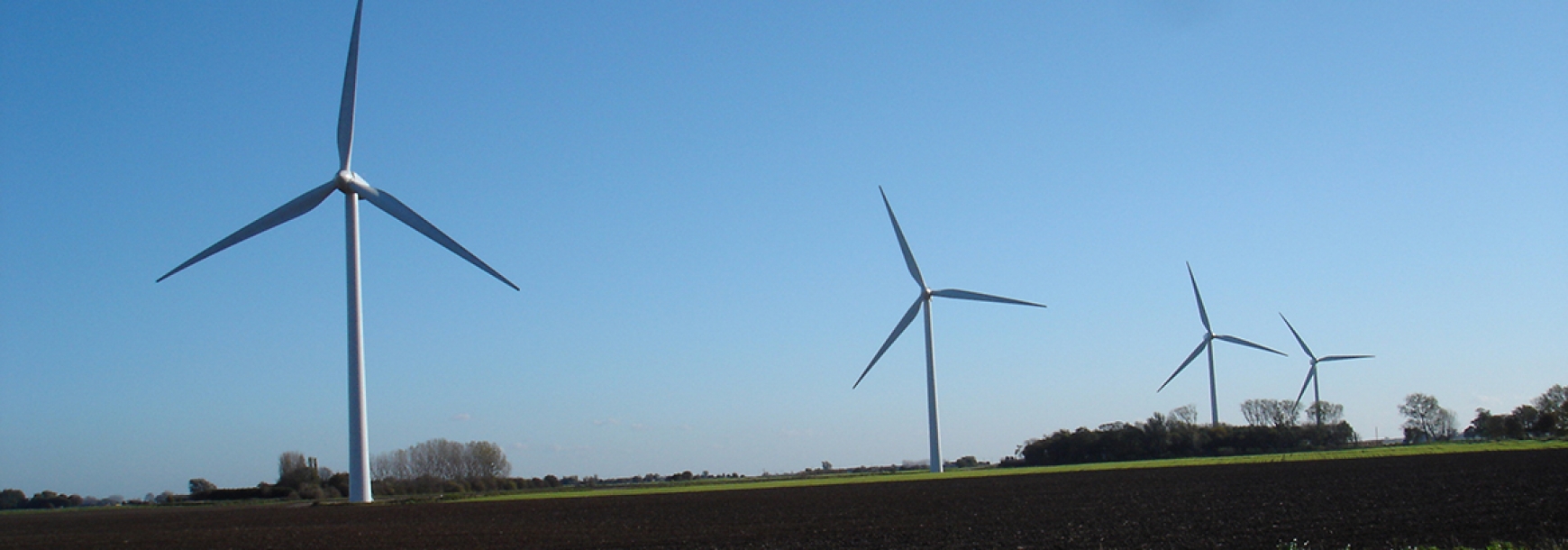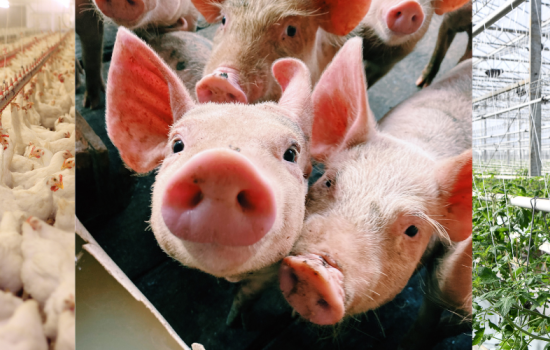Are you looking to use a renewable energy source but unsure which one is going to work for you? Have you been shown great returns but don’t believe the salesman?
A feasibility report investigates the financial and technical viability of a project, helping you to make a decision whether or not to go ahead with your proposal. It is specific to your site and ensures a good match between your chosen technologies and your needs.
At FEC Energy we conduct our feasibility assessment in three stages:
- We arrange a site visit to discuss your current energy usage, whether it is heat, electricity, or a combination of both. We listen to what you want for your site and propose which technologies are viable.
- Whilst on site, we can assess buildings in terms of energy use, look at suitable locations for the technology, and consider the distance between the proposed location and the relevant buildings.
- Back in the office, we compile your report; this outlines building energy uses, recommended technologies and the paybacks associated with your predicted energy requirement. We also consider which government incentive schemes you may be eligible to receive. We can calculate the expected annual income and give you an idea of the estimated payback period.
Here are some things to consider when thinking about which technology to use for your site.
Wind
Wind power is the generation of electricity from the flow of air through a wind turbine. The flow of air, i.e. wind, varies from place to place, depending on local geography, meaning some regions are better suited to wind turbines. Generally speaking, large areas of open, flat land or the top of a hill are most likely to be viable locations.
Solar
Solar power uses photovoltaic (PV) cells to convert sunlight into electricity. Solar PV systems can be installed on roofs – typically south-facing to take advantage of their orientation towards the sun – or in fields in large arrays.
The electricity generated can be used to help meet on-site requirements, or sold to the national grid, if a suitable grid connection is in place. If you are considering this type of system, we can help you to optimise the size and location. We can calculate the expected savings, based on reduced reliance on imported electricity, as well as any potential income from the available feed-in tariffs, allowing us to estimate the payback period of the proposed system. As a result, we are able to advise you whether or not a system is financially viable.
Biomass
The term ‘biomass’ refers to organic matter that is used as fuel. Systems that burn biomass include biomass boilers and biomass combined heat and power (CHP) units. Generally, biomass systems generate a lot of heat, which could be eligible for the Renewable Heat Incentive (RHI) scheme.
- Biomass boiler. A typical use is in a biomass boiler, which tends to be used on sites where there is a large heat requirement. This could include heating greenhouses or polytunnels, other commercial buildings, such as offices or workshops, or heating multiple residential buildings. Alternatively, you may wish to dry grain or woodchip.
- Biomass CHP. The uses of a biomass CHP system are potentially similar to a biomass boiler (e.g. heating of growing spaces, commercial or residential buildings and grain drying). However, the advantage of a combined heat and power unit is the generation of electricity. This type of system is best suited to sites requiring both electricity and heat, although electricity can be exported to the national grid, if a suitable grid connection is in place. We can look at your requirements and evaluate whether this type of system would be of benefit to your site, from a practical and financial perspective.




